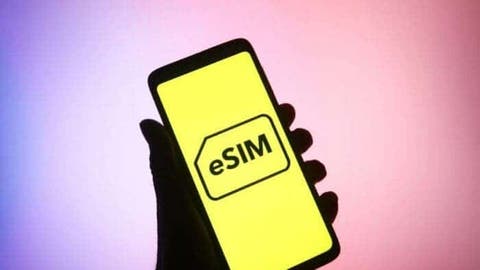The U.S. and Canadian versions of the iPhone 14 series do not come with a physical SIM card slot. Instead, these devices come with an electronic SIM card. The industry sees this move as part of the company’s push for an eSIM. However, some users in the United States expressed dissatisfaction that the entire US version of the iPhone 14 series does not support physical SIM cards. Apple today released a new supporting document outlining the various benefits of using an eSIM when travelling abroad. Apple says eSIMs are more secure than physical SIMs because they cannot be lost or stolen. The company also claims that eSIMs eliminate the hassle of shipping, carrying, and replacing physical SIMs.
Apple claim eSIMs are more secure
Apple’s support document also states that the iPhone XS and newer models can store 8 or more eSIMs. However, the iPhone 13 and newer models can activate two eSIMs at the same time. One of the SIMs can be used at residences while the other for travel. Also, one of the stored eSIMs can be changed to activate in the settings.
Users can purchase an eSIM from a local operator when travelling abroad, or a prepaid eSIM from a global service provider, the supporting document said. Users can activate unlocked iPhone 14 models purchased in the US through more than 400 carriers that support eSIM in 100 markets around the world. Furthermore, many global service providers also offer prepaid eSIM data plans for long-term use in countries around the world.
However, operators in the largest smartphone in the world, China, does not currently support eSIM for smartphones. The Apple iPhone 14 series in the Chinese market still support physical SIMs. The implementation of eSIMs does not benefit operators much, nor does it help them to acquire customers. For this reason, Chinese operators do not have much interest in promoting the adoption of eSIM.
